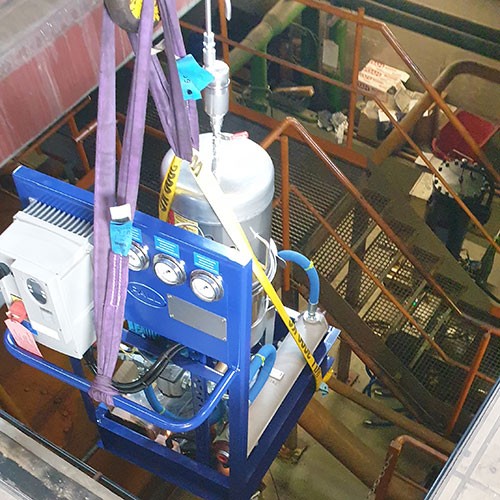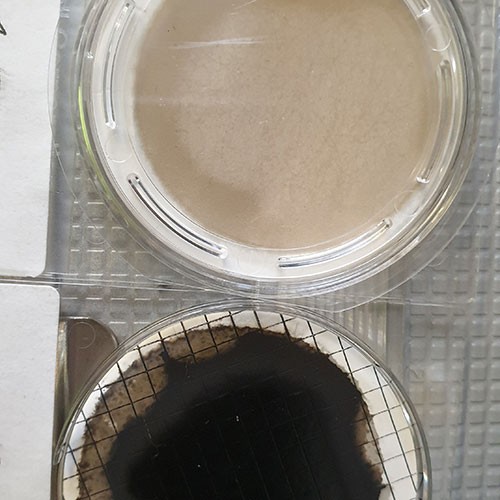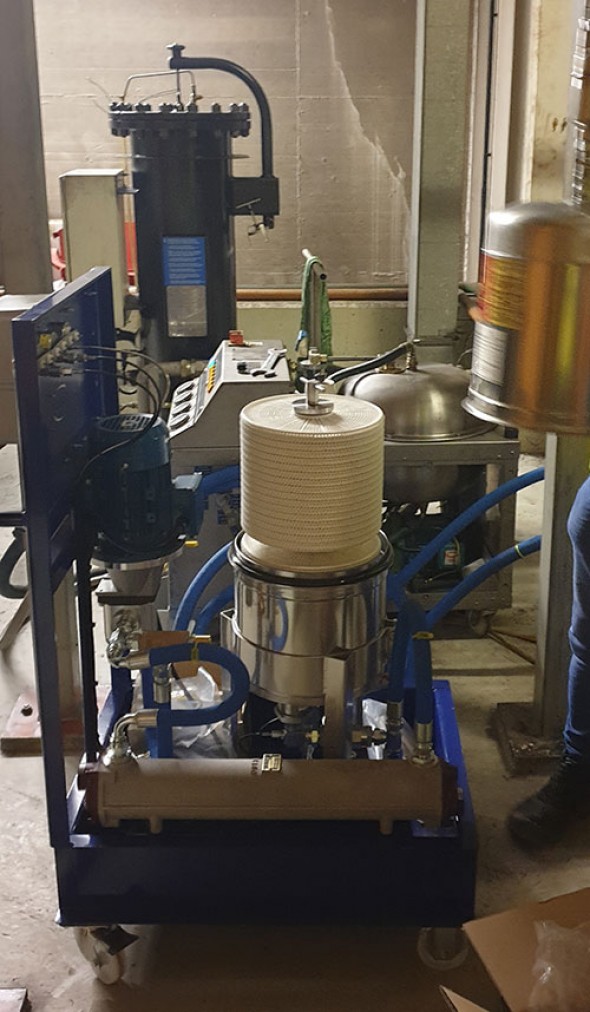Constantly rising maintenance costs? Maybe the problem of varnish in the oil system?

Varnish - what it is and why it should be avoided
Varnish is an oil ageing product caused by oxidation, thermal stress, influence of water and chemical reactions with particles such as copper, iron and aluminium.
The ageing process first produces "soft" impurities that are present in dissolved and undissolved form. Over time, the undissolved reaction products form agglomerates and subsequently deposits in stress zones such as
• exposed hot and cold spots
• narrow passages but also in
• areas without flow velocity and in stagnant areas.
First, the resin- and varnish-like deposits (varnish) form a solid, partly sticky layer. Other particles adhere to this and an emery effect is created, which rapidly increases wear.

Possible effects of Varnish in the oil system
• damage to control edges in valves
• deterioration of the sliding properties of bearings
• change in lubrication gap geometry
• deposits on heat exchanger surfaces
• clogging of control bores
• changes in the chemical properties of the oil
• shortening of oil service life
Overall, Varnish in the system shortens the service life of the system, decreases reliability and consequently increases maintenance costs.
How to recognise Varnish
Varnish is likely to occur in oil systems, but often remains undetected for a long time. The influence of varnish only becomes visible in the case of more serious consequential damage.
Specific analyses are necessary for the detection of varnish or indications of the potential for varnish formation. Only measuring the oil cleanliness class is not sufficient.
Basically, the scope of analysis always depends on the type of oil and the area of application. For oil systems with a strong tendency to varnish, such as turbine control systems and high-pressure hydraulic applications, the necessary analyses include particle counting or an MPC test (membrane patch colourimetry).
Measures to reduce or avoid varnish
• appropriate oil maintenance (continuous, or sufficient intervals)
• avoid oil ageing (e.g. monitor water content)
• avoid short-term operation with low oil temperatures

Turbine oil cleaning case study
Facts:
• Oil volume: 4,000 L phosphate ester oil for turbines
• Unit: Varnish Removal Filtration Unit (VRF)
• Capacity: 40 L/min
• Filtration capacity: 30 L/min for the entire filtration period
• Differential pressure: <0.3 bar
• Output value
• Contamination: 800 mg/L contamination
Results obtained by accompanying oil analyses through the combined use of filtration, ion exchanger, dewatering system and Varnish Removal Unit:
After 3 days: 600 mg/L
After 1 week: 400 mg/L
After 2 weeks: 300 mg/L
The differential pressure remained stable over the entire filtration period.
The IMEX Filtertechnik Group is your competent partner on the subject of Varnish. We offer the possibilities of on-site analysis, technical advice for the appropriate measures and efficient filter systems for the reduction of Varnish both for rent and for purchase.